Robots Learn Empathy
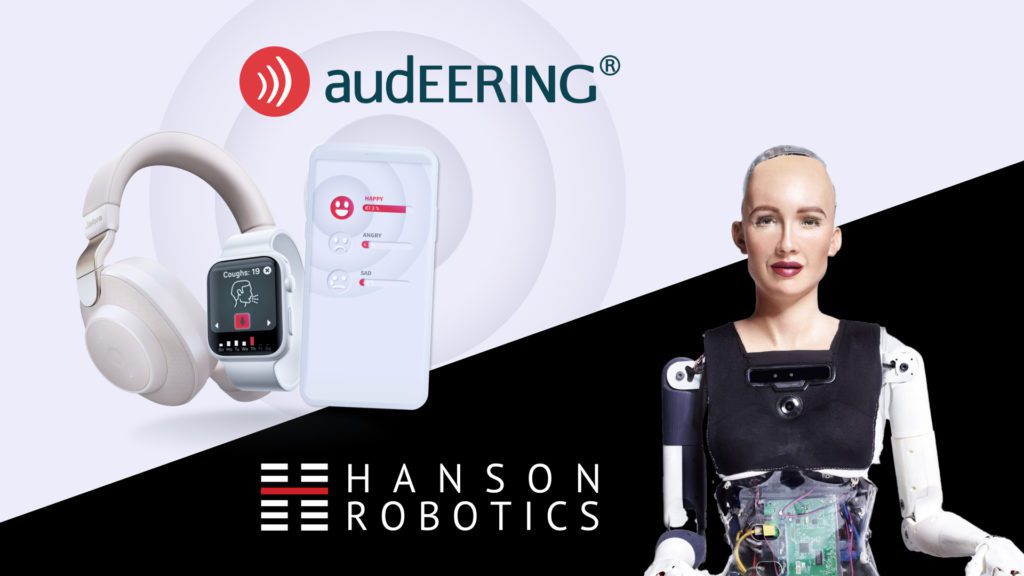
audEERING and Hanson Robotics develop robots with the highest social competence for everyday use. One of the world’s leading robot manufacturers Hanson Robotics integrates automated emotion recognition devAIce from German AI company audEERING. Highest level of human-machine interaction opens up new chances for the use of robots on the job, for example in caregiving. Robots recognize the emotions of their counterparts by voice and increase their social competence as a result.
ERIK – Emotion Recognition for Autism Therapy
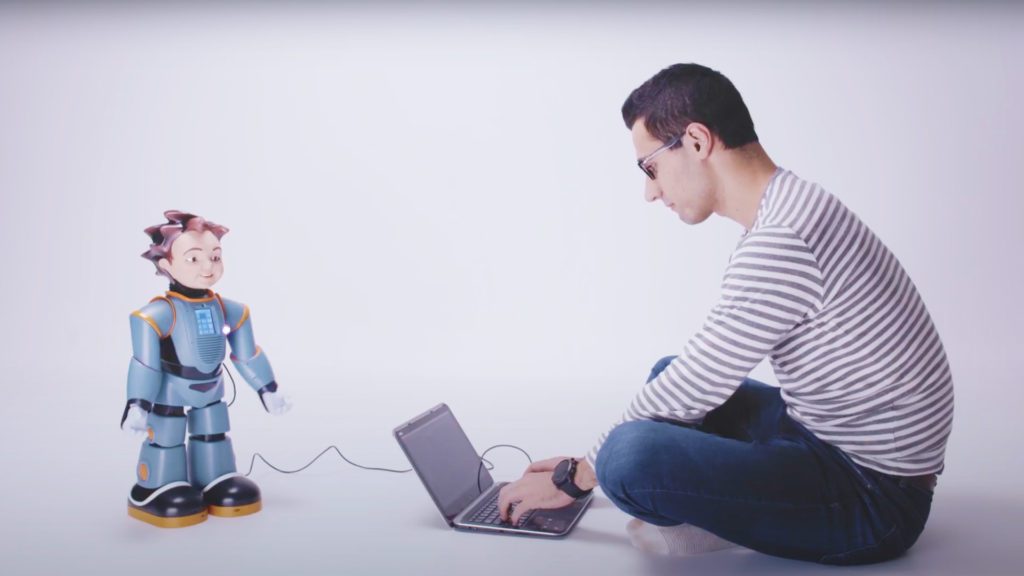
The recognition and perception of emotional output is an essential part of human communication. To develop the socio-emotional communication skills of autistic children, therapy has to focus on that. In the ERIK project a new form of therapy is being developed.
Case study with The Simulation Crew: Emotion AI for Patient Comfort
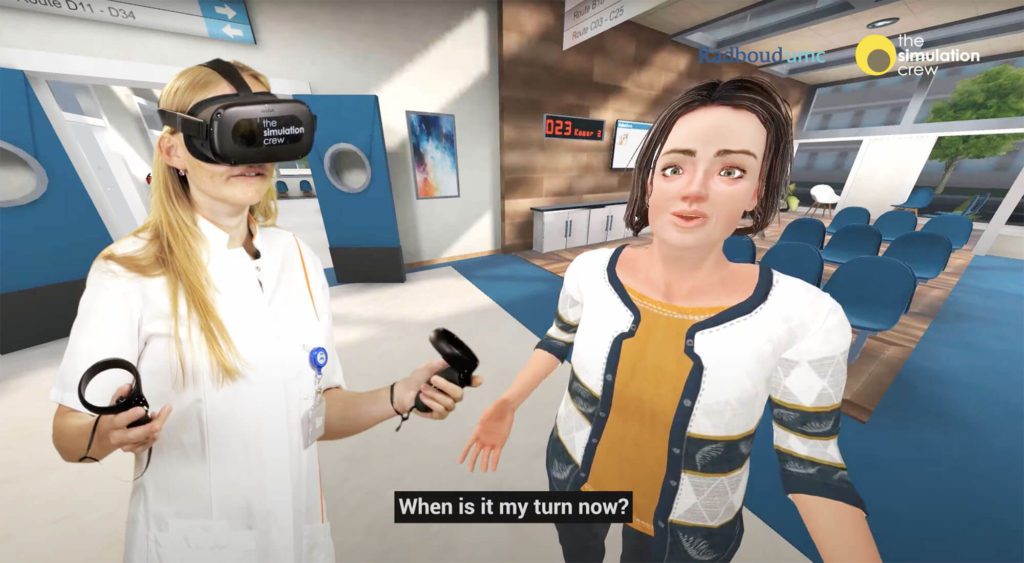
The human interaction between a doctor and his or her patient, is one of the most important processes when it comes to the diagnosis and treatment of any disease.
Health AI Part 3: Corona Detection from the Voice
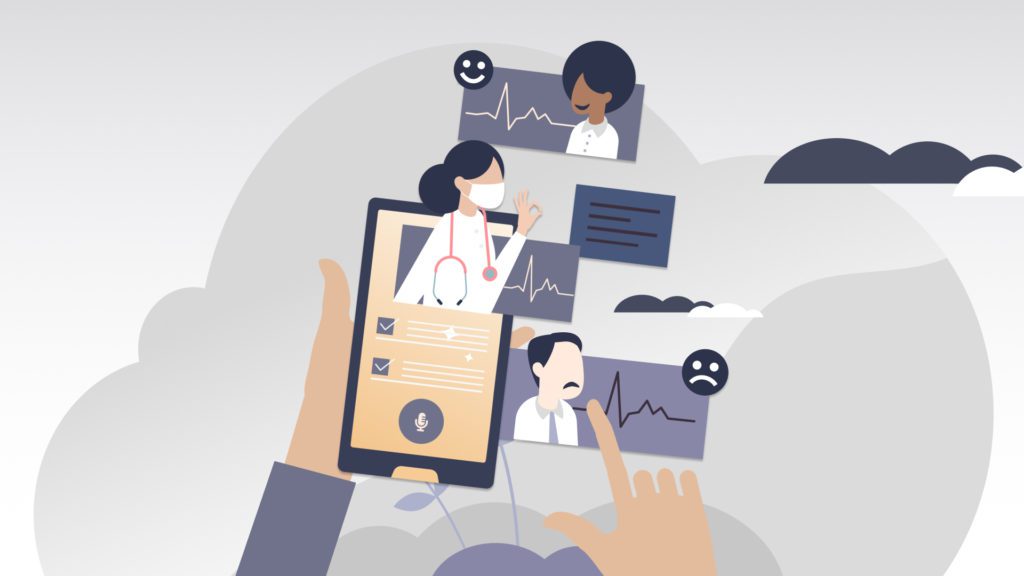
Many diseases can be detected from the voice as they affect speech production. This also includes COVID-19 as it is a respiratory disease. In this third part of our Health AI series, we will explain how the disease can be detected from the voice.
Health AI Part 2: The Voice is the new Blood
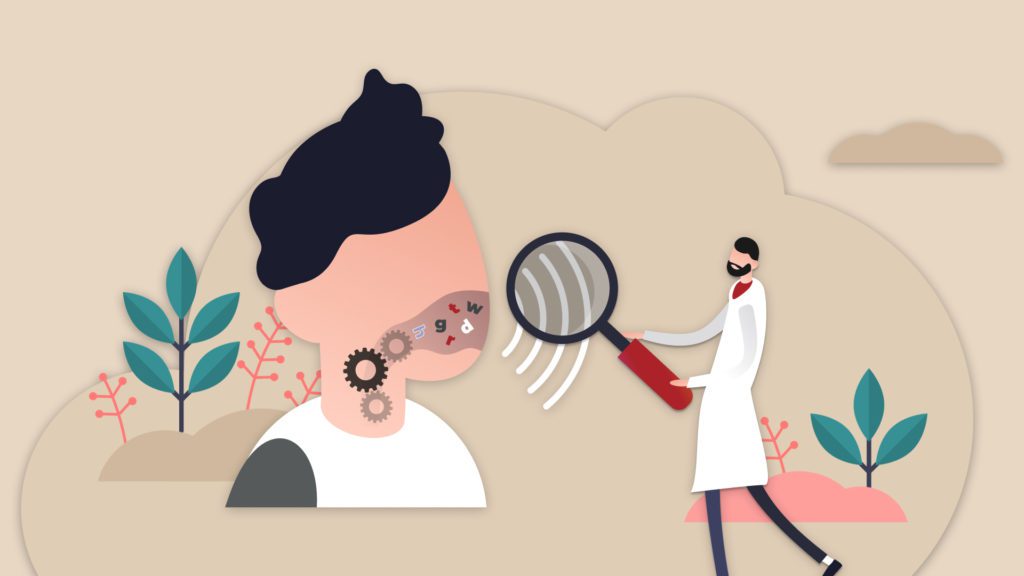
The human blood is the basis for a variety of medical applications for diagnosis. But what if our voice can also tell us a lot about the current status of a person’s health? An example of the use of intelligent speech analysis and the voice is detecting COVID-19 from speech. This is part 2 of the Health AI series.
Health AI Part 1: the Future of Medicine
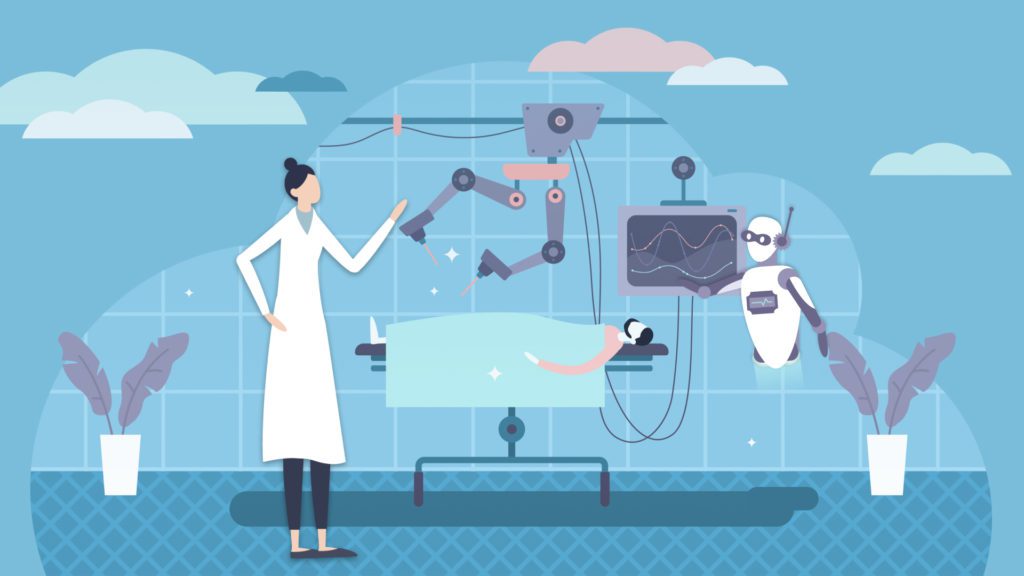
We want to give a rough overview of the topic AI from the origins to the current developments in the health industry. Because artificial intelligence is the key technology of the future, especially in the area of health. Start with Part 1 of our Health AI Series on our Youtube Channel.
WorkingAge: Improved working conditions for older workers
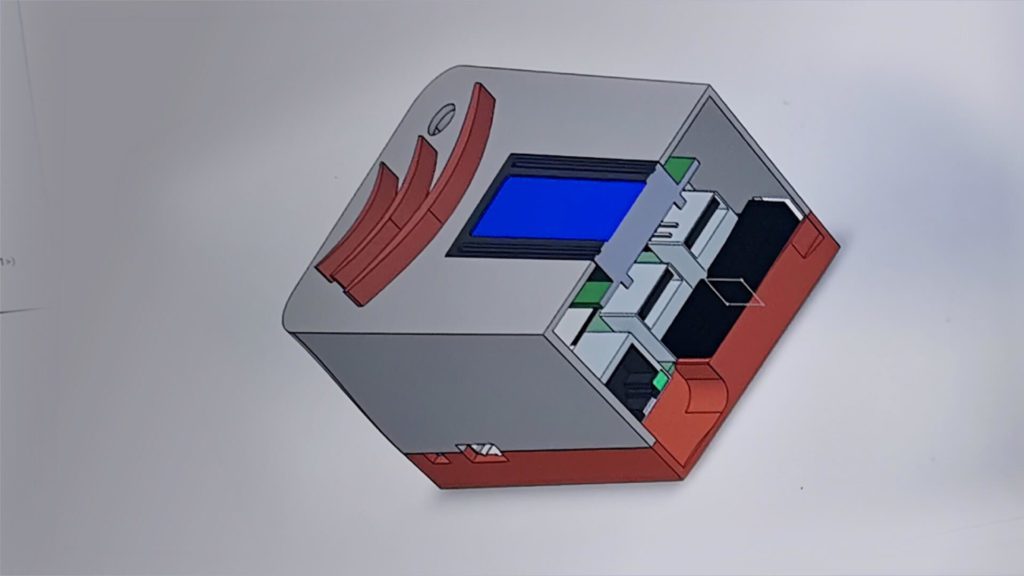
European Population is ageing and good working conditions are more important than ever. In a society where employment is prolonged to higher ages, a project like WorkingAge aims to promote healthy habits in working environments. audEERING is part of the consortium.
AI vs. Corona: Detecting Diseases from the Voice

What can AI do in the fight against the corona virus? Audio AI can really move the needle in medicine as the magazine Nature recently published. Diseases like Parkinson’s, depression and COVID-19 have one thing in common: They affect the way a person’s voice sounds.
Virtual Reality and Artificial Intelligence: Game Changers in The Health Sector
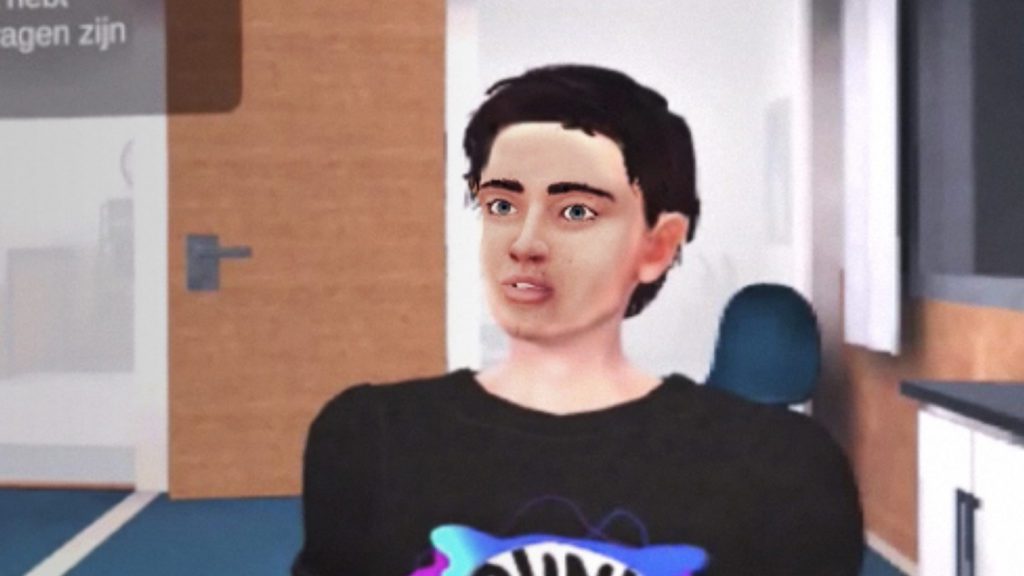
Virtual Reality and Artificial Intelligence can take the training of staff in hospitals to the next level. You wonder how? In this blog post we will show which amazing possibilities there are using those innovative technologies in the health sector with a current project in this field.
